
Food Fight: Russia's 'Grain Diplomacy' Reshaping Global Markets
Significantly, the European Commission has recently proposed to increase tariffs on certain Russian and Belarusian agricultural goods, including cereals and oilseeds, to discourage the current level of EU imports .
Global grain prices soared immediately after Russia's invasion of Ukraine, though they later declined after the
Black Sea grain deal was brokered in 2022.
The deal, which allowed Ukraine to export grain from Black Sea ports that had previously been blocked by Russia's navy, was renewed twice before being
suspended
last year.
Ukraine has restarted grain exports since then while Russian wheat exports have reached record levels . Fertilizer shipments have also recovered .
Russia recorded a US$13.4 billion current account surplus in March on the back of energy and grain exports, more than double February's $5.5 billion and the second-highest surplus since March 2007.
By the end of February, total EU imports of grain and oilseed in 2023/2024 from Russia stood at 1.8 million tonnes , in comparison to 19.1 million tonnes from Ukraine, according to European Commission data.
But discussions about extending the suspension of import duties
on cheaper Ukrainian agricultural exports in Europe until June 2025 have raised the ire of many European farmers.
That's particularly true in Central and Eastern European countries, where critics argue suspended import duties and other restrictions have led to unfair competition from cheaper Ukrainian imports.
EU countries have recently responded by agreeing to also impose new restrictions on Ukrainian agricultural imports. Food exports contribute more than 40% of Ukraine's export income and 60% of all exports , making the shipments a key revenue source.
As such, new EU import restrictions will necessarily negatively impact Ukraine's already beleaguered war-time economy, and by extension, likely hamper its ability to sustain fighting against Russia.
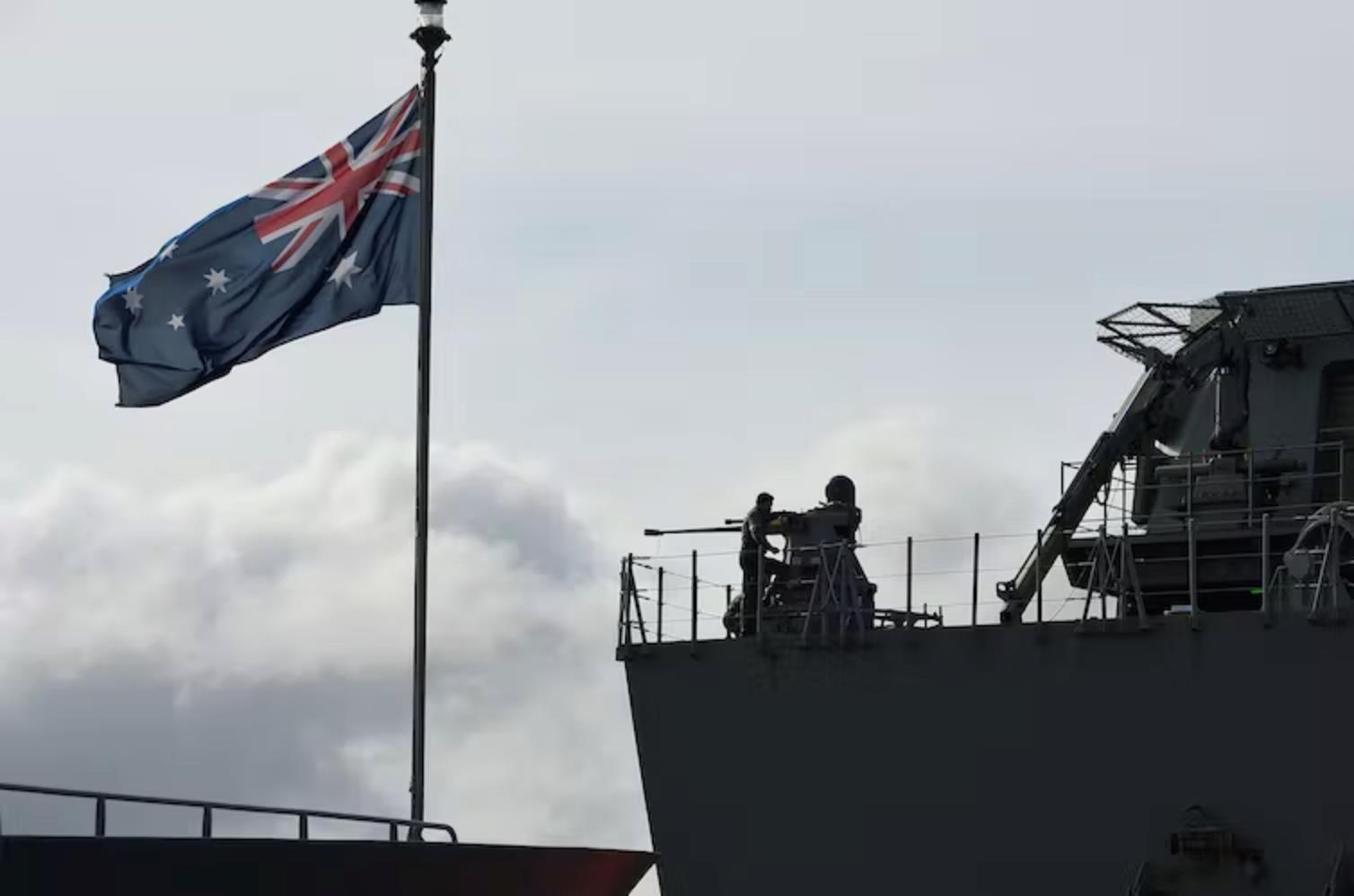
Australia's new defense strategy already behind the times A five-body problem in geopolitics
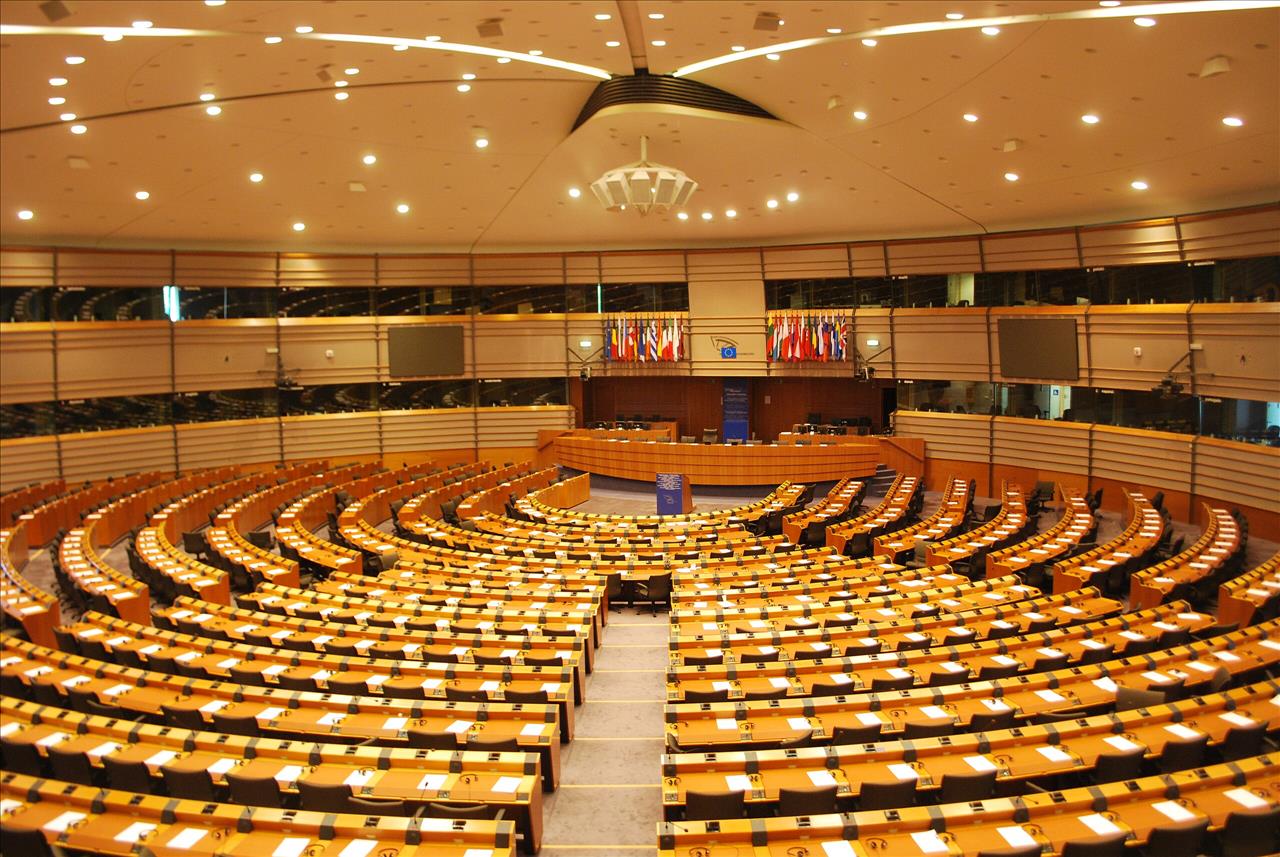
EU enlargement: What does the future hold?
While the transit of Ukrainian grain through the bloc to other countries will still be allowed to break Russian sea blockades, it remains to be seen to what extent the Global South will be directly and indirectly affected by the new EU tariffs.
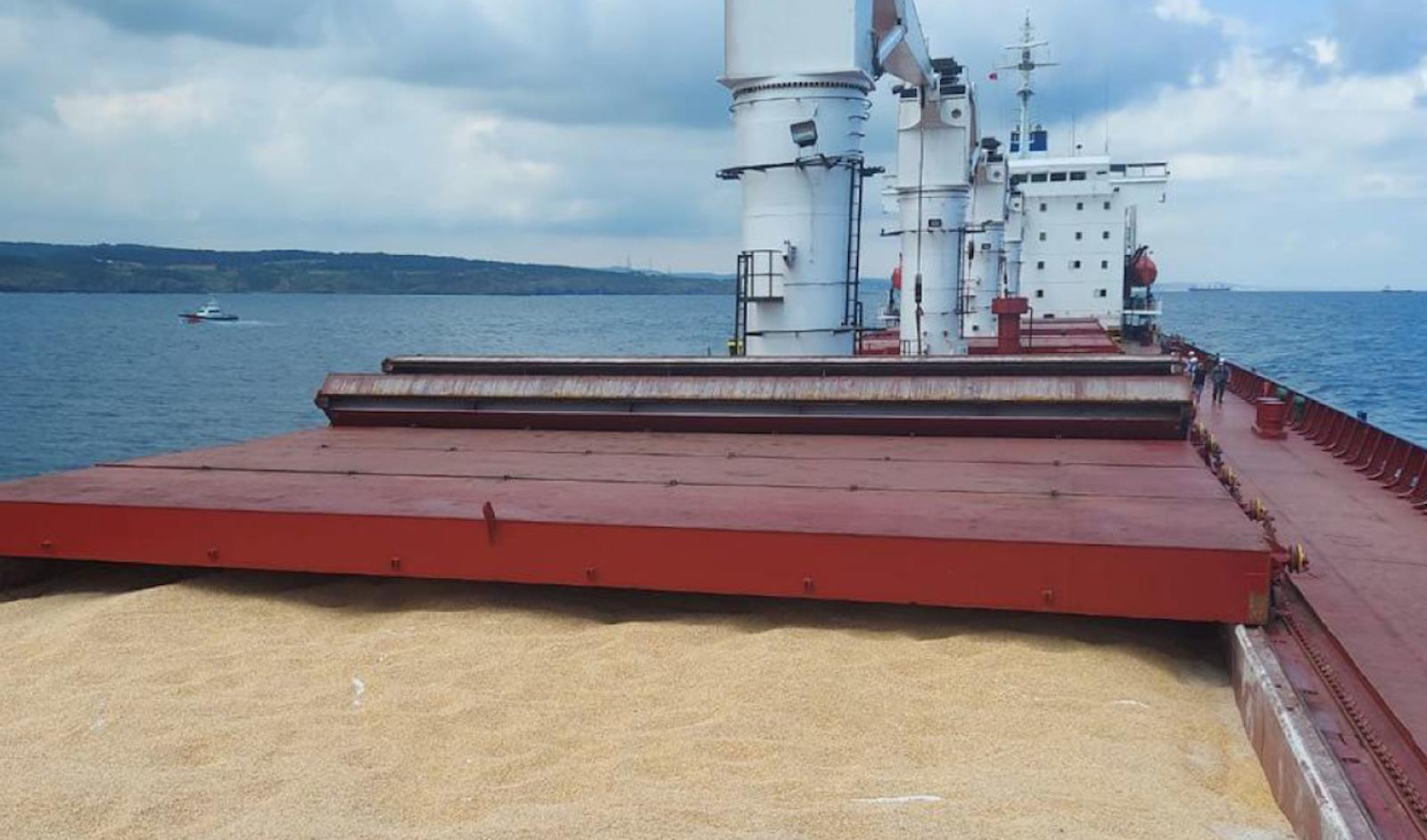
A Black Sea Grain Initiative shipment at sea. Image: UNCTAD
Aside from the EU, the other main importing regions are Africa and Asia – two increasingly food-insecure geographies.
Between 2018 and 2020, Africa imported
$3.7 billion in wheat
(32% of total African wheat imports) from Russia and US$1.4 billion from Ukraine (12% of total African wheat imports).
A 2022 report from the United Nations identified
36 countries reliant on Russia and Ukraine
for more than 50% of their wheat imports, including some of the world's most vulnerable economies like war-torn Syria and Somalia.
Putin has critically pointed out that Europe was the biggest importer of Ukrainian grain under the Black Sea Grain Initiative, rather than the global regions and countries in most urgent need of the supplies.
The Russian leader has also condemned
the West for not implementing measures to give Russian agricultural goods and fertilizer products equal access to global markets.
The weaponization of food supplies is key to Russia's war strategy , with Moscow now seeking to replace Ukrainian food supplies in low- and lower-middle-income countries with Russian-grown alternatives.
This approach enables Russia to project power while exerting influence on global food trade dynamics, including over supplies, availability, access and prices.
As the world's top wheat exporter and controlling nearly 25% of the broad global grain trade, Russia has heavy sway over world grain markets and more broadly on agricultural trade dynamics.
Turkey, Bangladesh and fellow BRICS members Egypt and Saudi Arabia are among Russia's biggest buyers. (The BRICS bloc comprises Brazil, Russia, India, China, South Africa, Egypt, Ethiopia, Iran and the United Arab Emirates.)
In another key move with the potential to reshape global agricultural markets, Putin recently lent his support to the establishment of a BRICS grain exchange .
The move seeks to rival the current Western-dominated grain pricing system and could in the process present another challeng to the US dollar as the world's top trading currency.
The proposed BRICS grain exchange would bring together some of the world's biggest grain buyers and exporters.
The expanding bloc, with the inclusion of four new members that officially joined in January, now accounts for more than 1.24 billion tonnes of the world's total grain production and 1.23 billion tonnes of global grain consumption .
A BRICS grain exchange could bolster Moscow's geo-economic influence and diplomatic leverage over participating nations by boosting Russia's role as a vital grain and fertilizer supplier amid rising global supply chain disruptions and escalating food insecurity.
That, in turn, could strengthen geopolitical and geostrategic alignment between participating nations through greater agriculture and trade ties with Russia.
The influence of Putin's“grain diplomacy” is already apparent in Africa.
In February, Russian Agriculture Minister Dmitry Patrushev said that Moscow had completed an initiative to ship 200,000 metric tonnes of free grain to six African countries, namely Somalia, Central African Republic, Mali, Burkina Faso, Zimbabwe, and Eritrea.
The grain diplomacy initiative underscores Russia's rising presence and influence on the continent. The Central African Republic seeks to host a Russian military base
and has received Russian weapons, security expertise and training.
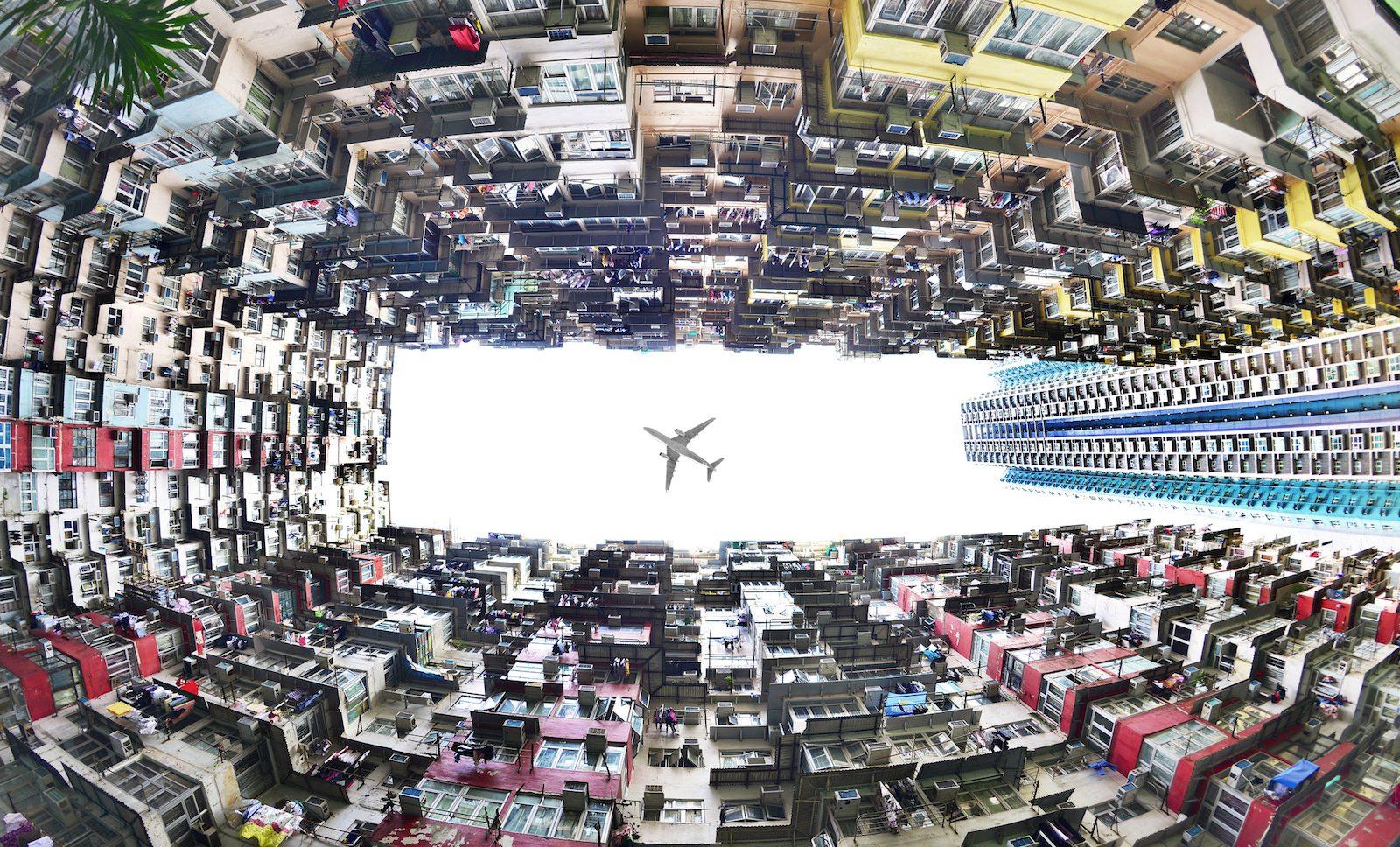
Sign up for one of our free newsletters
- The Daily ReportStart your day right with Asia Times' top stories AT Weekly ReportA weekly roundup of Asia Times' most-read stories
Meanwhile, in Burkina Faso, where Moscow has recently opened an embassy, the country has seen the arrival of Russian troops , the first deployment of the so-called Africa Corps, an armed Russian force designed to replace the now-disbanded Wagner Group's
mercenaries in Africa .
For traditional grain-exporting countries like the US and Australia, a BRICS grain exchange, coupled with the collective strength of the emerging economic bloc, would intensify competition to secure alternative markets for their products.
US and Australian exporters could quickly face new challenges to maintaining global market shares and negotiating favorable trade terms in the face of competition from cheaper Russian grain.
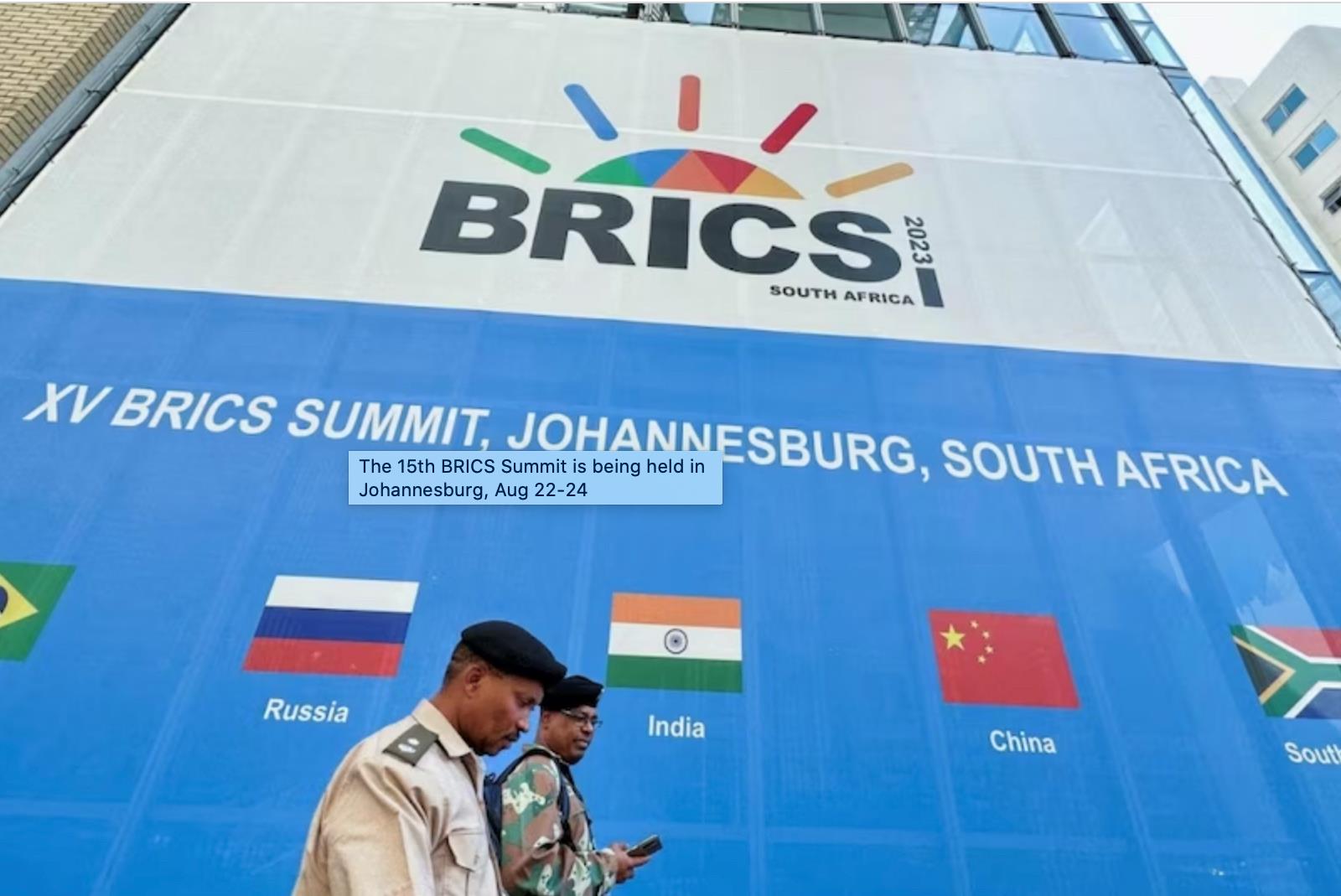
BRICS is increasingly seen as a meeting place for the Global South. Image: Twitter Screengrab
The US and Australia may also need to reassess their broad agricultural policies and start searching for alternative markets to mitigate the impact of potential disruptions caused by a Russia-led BRICS grain exchange.
For instance, Canberra may seek stronger ties with nearby Southeast Asia, as emphasized by the Albanese government's Southeast Asia Economic Strategy to 2040 .
While grain trade disagreements continue to sow seeds of dissent in Europe and beyond, for traditional exporting nations like the US and Australia the call is rising to reassess trade policies and geo-economic strategies in a world potentially breaking into competitive grain blocs.
Genevieve Donnellon-May is a Research Associate at the Asia Society Policy Institute, Melbourne, Australia.
Thank you for registering!
An account was already registered with this email. Please check your inbox for an authentication link.

Legal Disclaimer:
MENAFN provides the
information “as is” without warranty of any kind. We do not accept
any responsibility or liability for the accuracy, content, images,
videos, licenses, completeness, legality, or reliability of the information
contained in this article. If you have any complaints or copyright
issues related to this article, kindly contact the provider above.

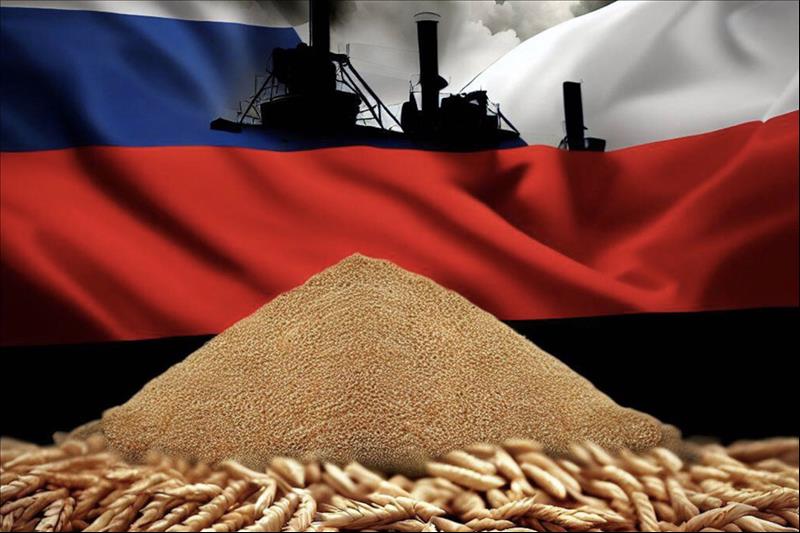
















Comments
No comment